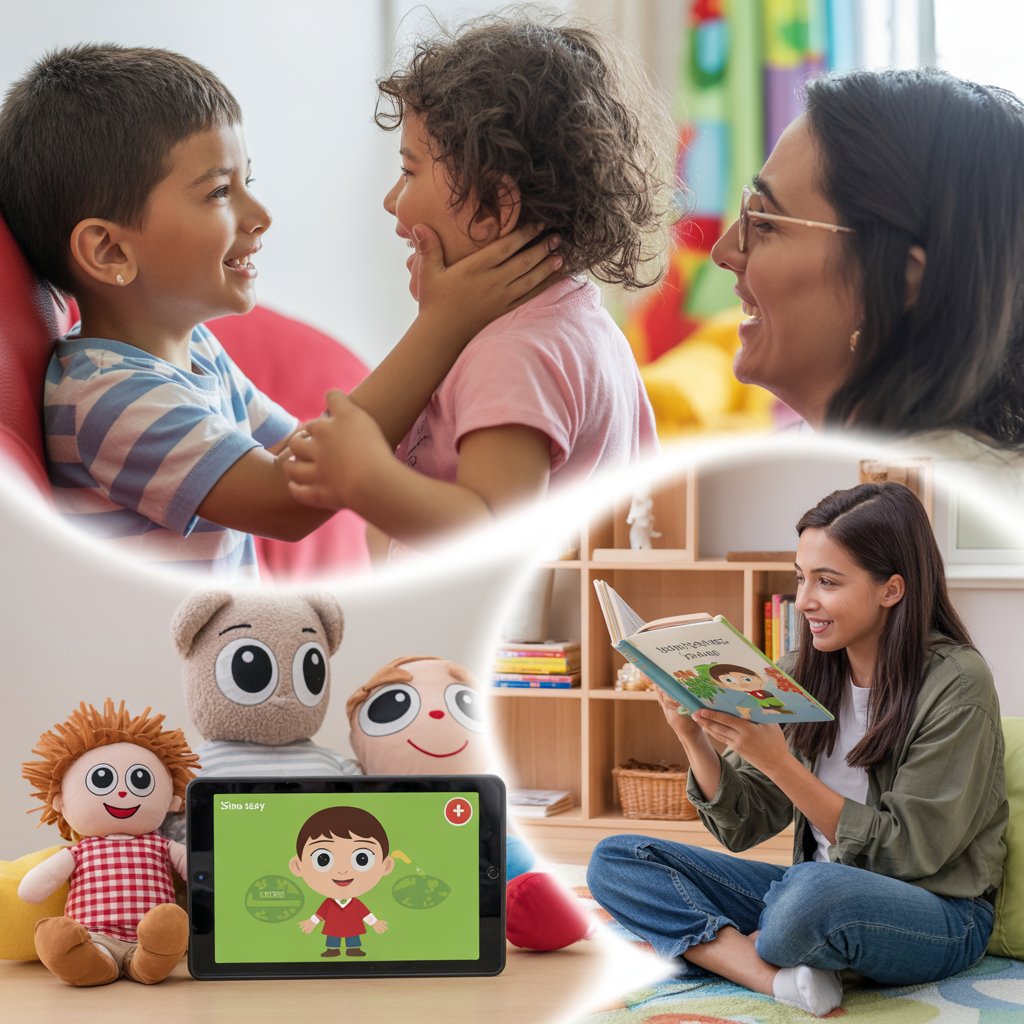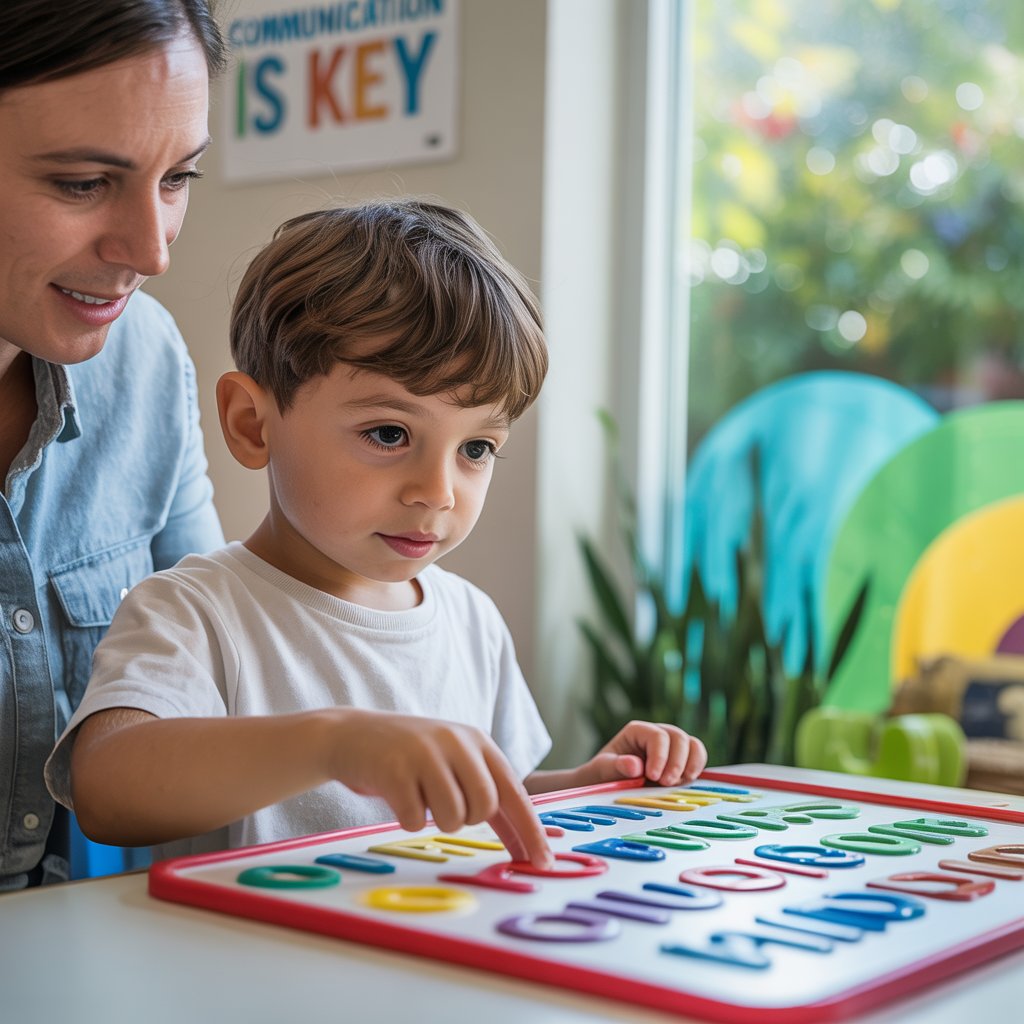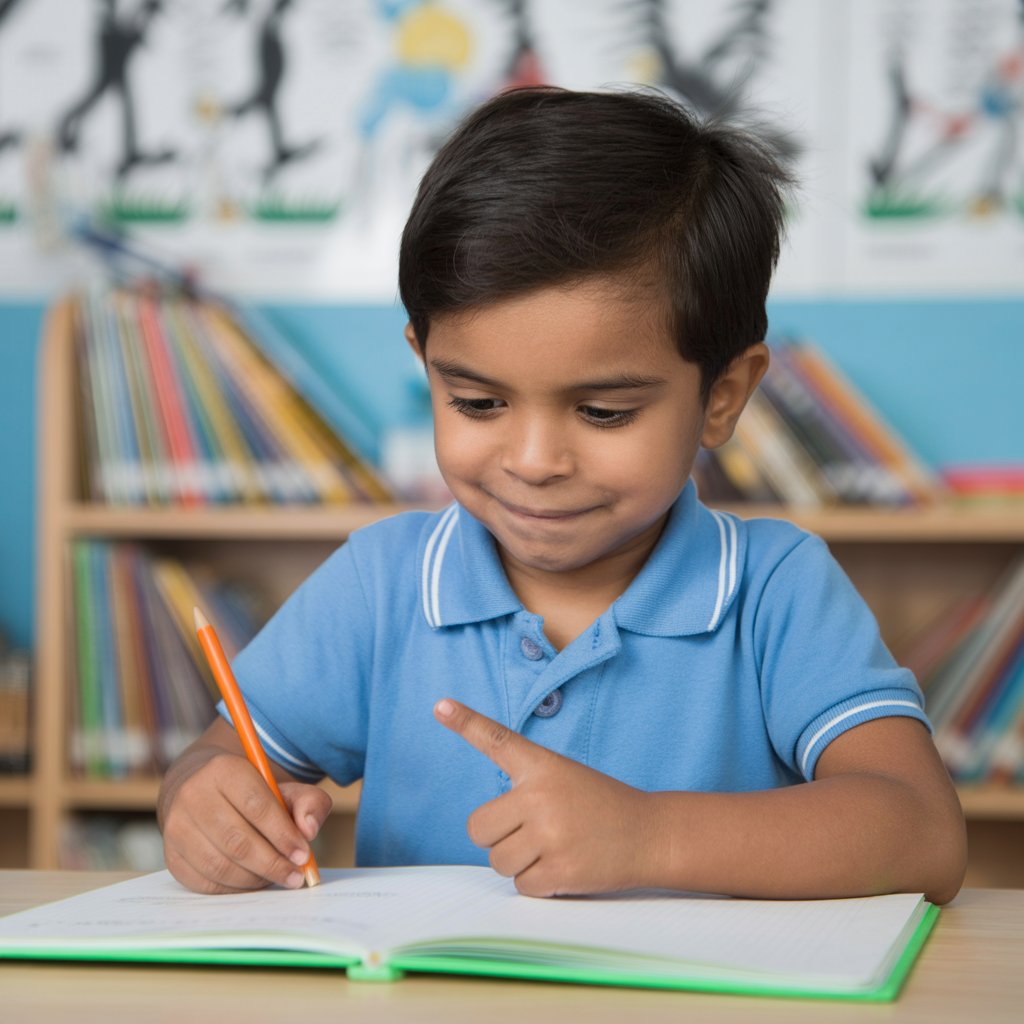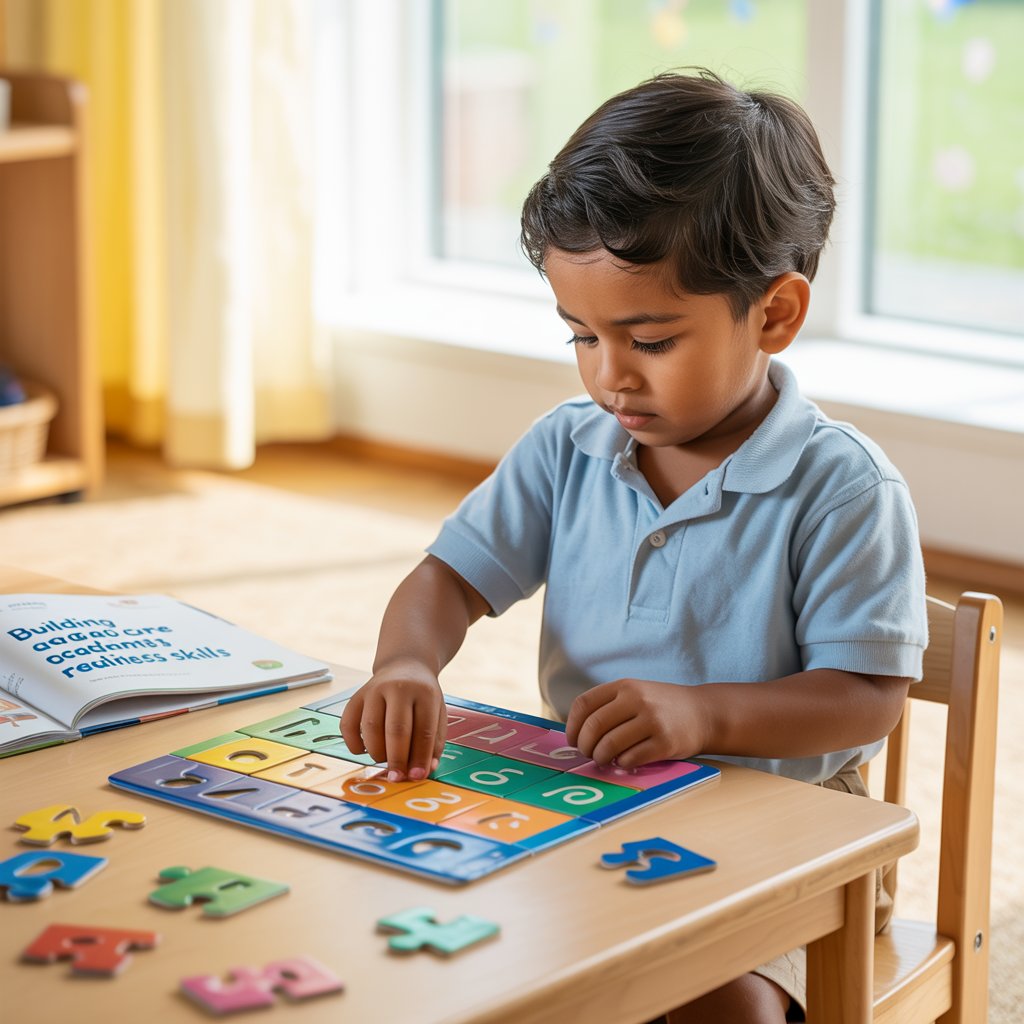6 Proven Methods to Boost Eye Contact in Autistic Kids

Getting your autistic child to make eye contact can feel like climbing a mountain.But, there are effective strategies that can help.This post will offer you easy-to-implement solutions that have been successful for many families.Expect to learn through stories, tips, and expert adviceto improve your child’s engagement and eye contact skills.Discover the tools necessary for fostering better connections.
Eye contact is a fundamental aspect of communication that many of us take for granted. It helps us connect with others, show interest, and convey emotions. However, for children with autism, making and maintaining eye contact can be a real challenge. This difficulty can affect their social interactions and relationships. But don't worry! There are ways to help your child improve their eye contact skills.
Understanding Eye Contact in Autism
What is eye contact?
Eye contact is simply the act of looking directly into someone's eyes during a conversation or interaction. It's a non-verbal way of communicating attention, interest, and engagement.
How autism affects eye behaviors
Children with autism often find it uncomfortable or overwhelming to make eye contact. They might look away, focus on other parts of the face, or avoid looking at people altogether. This isn't because they're not interested or being rude – their brains just process visual information differently.
The Role of Comfort
Identifying comfort levels
Every child with autism is unique, and their comfort level with eye contact can vary. Some might find it mildly uncomfortable, while others might find it extremely distressing. It's important to understand where your child falls on this spectrum.
Creating a supportive environment
Making your home a safe and comfortable space can help your child feel more at ease with practicing eye contact. This might mean reducing sensory stimuli, using soft lighting, or creating a quiet corner for practice sessions.
Techniques to Improve Eye Contact
Gradual exposure method
Start small and build up gradually. You might begin by asking your child to look at your chin or nose, then slowly work up to direct eye contact. Remember, patience is key!
Use of visual aids and cues
Visual supports can be really helpful. You could use stickers placed near your eyes, wear fun glasses, or use pictures with exaggerated eyes to make the process more engaging and less intimidating.

Engaging Activities
Interactive games involving eye contact
Turn practice into play! Games like "Red Light, Green Light" or "Simon Says" naturally encourage eye contact in a fun, low-pressure way.
Storytelling sessions
Reading books together is a great opportunity to practice eye contact. You can pause at exciting moments and make eye contact to share the emotion of the story.
Technology and Tools
Apps and software
There are some great apps designed specifically to help autistic children practice eye contact. These often use games or animated characters to make the process more engaging.
Therapeutic toys
Toys like dolls or stuffed animals with big, expressive eyes can be useful tools for practicing eye contact in a non-threatening way.
When to seek professional help
If you're feeling stuck or if your child is really struggling, it might be time to seek help from a professional. They can provide tailored strategies and support.
Types of therapies involving eye contact
There are several therapies that can help, including Applied Behavior Analysis (ABA), speech and language therapy, and occupational therapy. These can all incorporate eye contact practice into their sessions.
Daily Practice Tips
Routine incorporation
Try to incorporate eye contact practice into your daily routines. This could be during meal times, while getting dressed, or during playtime.
Keeping track of progress
Keep a simple diary or chart to note improvements. This can be really encouraging for both you and your child.
Improving eye contact in autistic children is a journey that requires patience, understanding, and lots of practice. Remember, every small step is a victory! Celebrate your child's progress, no matter how small, and keep the atmosphere positive and supportive.
References & Further Reading
Books and articles
- "The Autism Discussion Page on the Core Challenges of Autism" by Bill Nason
- "An Early Start for Your Child with Autism" by Sally J. Rogers, Geraldine Dawson, and Laurie A. Vismara
Websites and online resources
- Autism Speaks (www.autismspeaks.org)
- The National Autistic Society (www.autism.org.uk)







